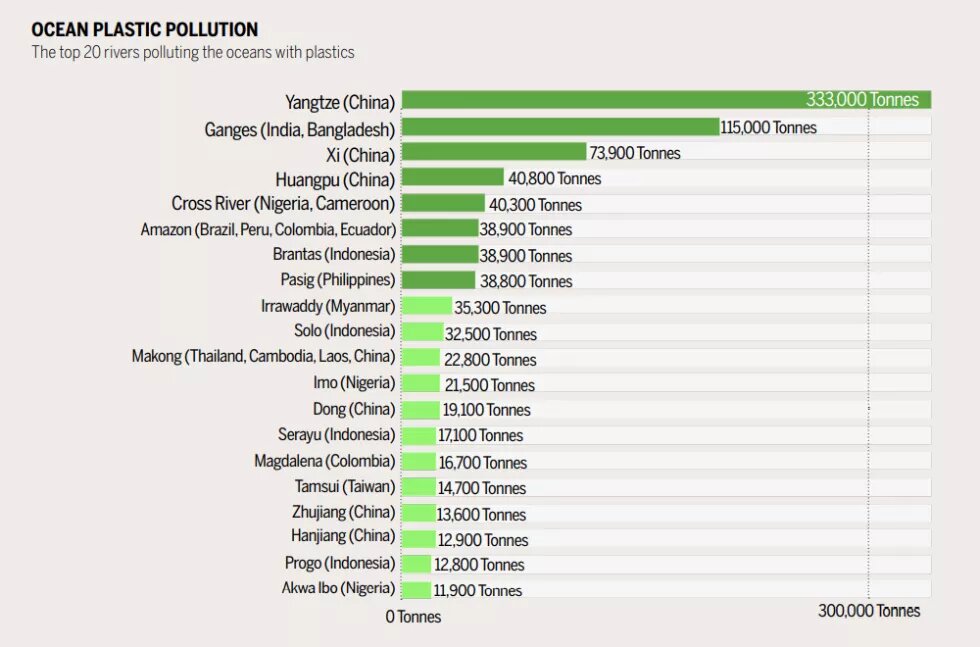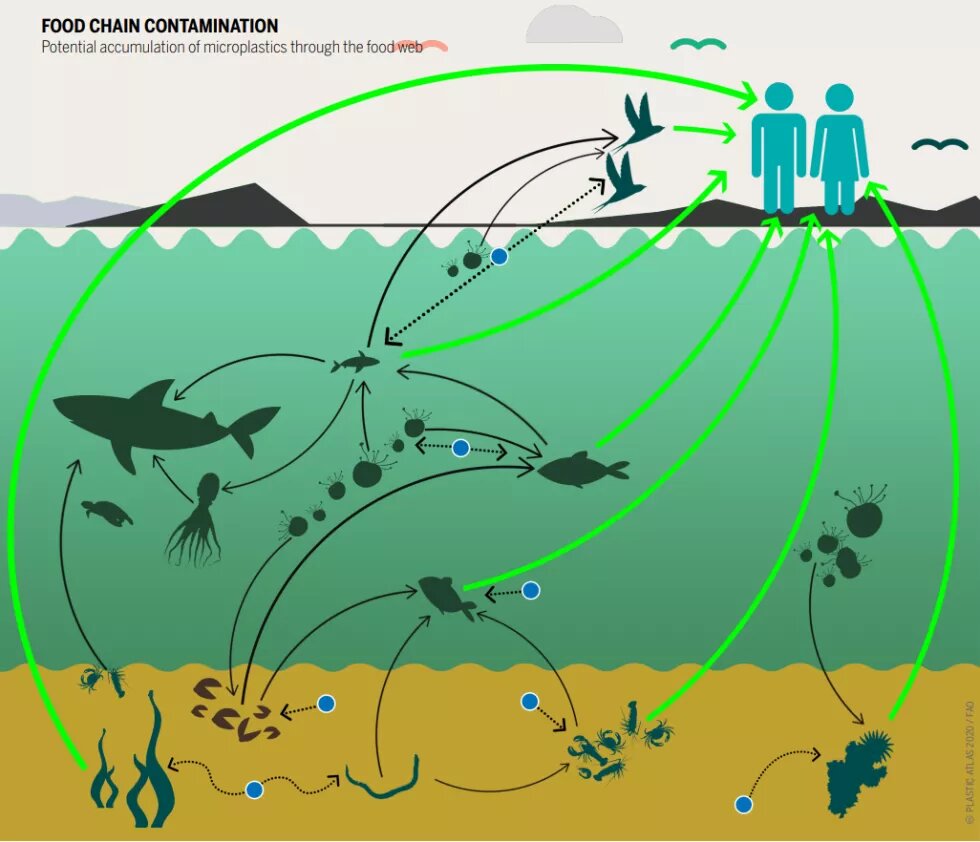
Lagos beaches suffer from great neglect. With rising levels of microplastics from tourist activities and poor waste management systems, the impact may soon be irreversible on leisure and commercial activities.

The presence of microplastics in the ocean was first reported in 1972. Since then, more research has shown the presence of microplastics in different compartments of sub-aquatic environments such as biota, water, bottom sediments and beaches. Nigerian beaches are no exception. In Lagos State, they have been found in Alpha, Oniru, Eleko and Lekki beaches. Microplastics are plastic particles less than 5mm in any one dimension. They fall into primary or secondary categories. Plastics, intentionally manufactured to be small in size are primary microplastics. They are used in personal care items such as face scrubs and cosmetics, and industrial products such as microfibres in textiles. Secondary microplastics occur when large pieces of plastics such as water bottles, fishing nets and plastic bags break into smaller pieces less than 5mm due to environmental weathering processes.
Research has shown that 121 to 170 microplastic particles found in 50 grams of dry sediment from Nigerian beaches were largely made up of plastic fragments followed by pellets and fibers. The fragments suggest the breakdown of large plastic items into secondary microplastics as the major source of microplastics in the beaches. The plastic polymers identified were polyethylene, polypropylene and polystyrene.
It is usually difficult to compare the levels of microplastics in different countries due to the lack of standardised methods for sampling and analysis. However, similar studies from beaches in Hong Kong, Portugal, Slovenia, Greece, Dubai, Singapore, France, India, and Belgium reported lower levels of microplastics while higher levels were reported in Chinese beaches. Hence, China has responded to the threat posed by microplastics with the proposed ban of single-use plastics by 2021.
In Nigerian beaches, the chief source of microplastics is tourism. Plastic wastes generated by tourists’ activities are poorly managed and subsequently end up in swash zones of the beaches as secondary microplastics. However, plastic litter is also transported by rivers and stormwater from inland to the ocean and ends up on shores as microplastics.
The potential impact of microplastics in the marine environment is the risk of aquatic organisms ingesting them, including species of economic relevance for fisheries and aquaculture, and causing irreparable harm that can threaten marine life and the ecosystem. This impact can occur in three ways: 1) physical blockage of the feeding system; 2) leakage of plastic additives into their systems and, 3) adsorption or absorption of persistent toxic pollutants from the environment.
The risks to public health come from bioaccumulation and transfer of adsorbed pollutants to higher animals. Microplastics are usually restricted to the guts of organisms that consume them, making transfer to humans a rare occurrence since the guts are removed prior to consumption. However, this may not be the case for smaller fishes and other seafood that are consumed whole. There is also the potential migration of adsorbed persistent organic pollutants such as polychlorinated biphenyls (PCBs), polycyclic aromatic hydrocarbons (PAHs), and organochlorine pesticides such as dichlorodiphenyltrichloroethane (DDT), dieldrin and chlordane to unpolluted areas by the movement of microplastics. Notable impacts from exposure to organisms include disturbance of the lipid metabolism and oxidative stress, decreased reproductive output, immobilization, and triggered moulting in lower organisms.
Besides these negative impacts on the aquatic food chain, the chief source of plastics on Lagos beaches will be the worst hit. No tourist would want to visit a beach that has lost its aesthetic value, invariably reducing commercial activity in this industry.
This is a chapter from the Plastic Atlas Nigeria.
